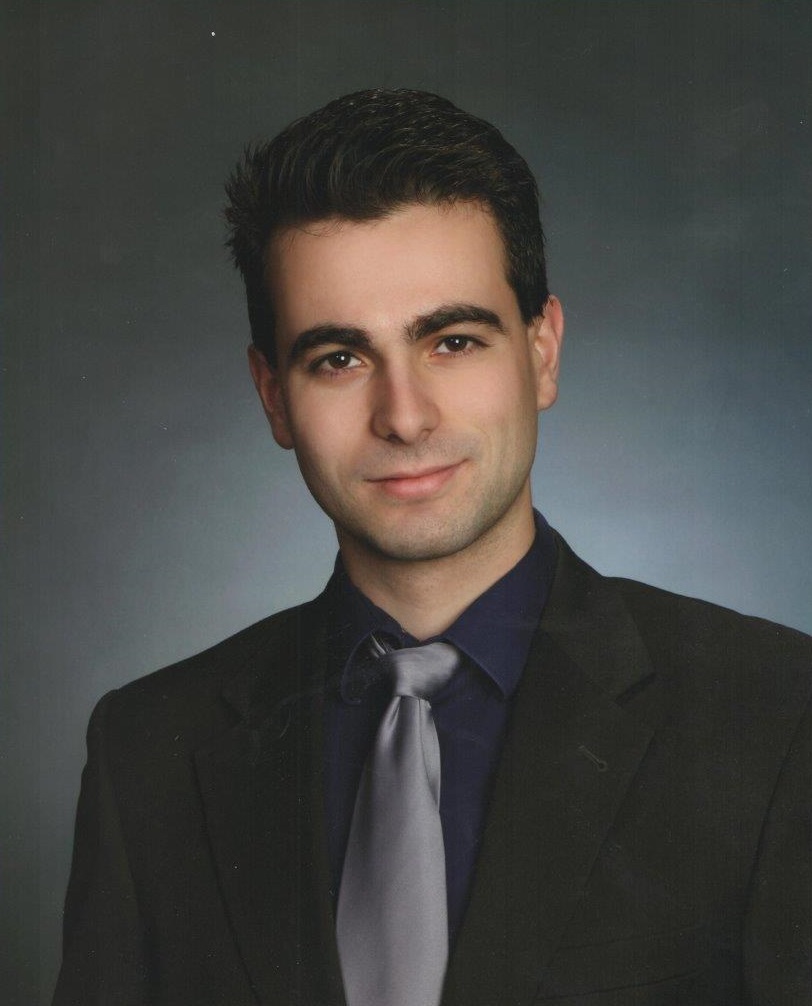Scientists Want to Help You Have Lucid Dreams

In the 2010 film "Inception," Cobb (Leonardo DiCaprio) describes his wife Mal's trick for discerning reality from the fantastic dreamscape in which most of the film takes place: He uses what he calls a totem, a spinning top that will never fall over while he's dreaming. But a totem, known to psychologists who study lucid dreams as a reality check, is actually one of the less-effective ways to tell whether you're asleep, a new study from Australia finds.
If you've ever realized you were dreaming while you were still asleep, you've had what's called a lucid dream. Though these dreams can happen by chance, there are communities of people who try different techniques to bring them about.
So, in the new study, researchers decided to take these techniques to task, testing out which methods worked best for inducing lucid dreams. If people know how to effectively induce a lucid dream, then researchers will be able to learn more about the dreams themselves down the road, the researchers said. [7 Mind-Bending Facts about Dreams]
"Ultimately, I want to develop techniques that are effective enough to permit serious exploration of the many potential benefits and applications of lucid dreaming," said lead study author Denholm Aspy, a visiting research fellow in psychology at the University of Adelaide in Australia.
In the study, which was published in the journal Dreaming in September, the researchers asked nearly 170 participants to try out three techniques that have been said to increase the likelihood of lucid dreaming.
One of the techniques tested in the study was the use of reality checks. These included closing one's lips and trying to inhale; in a dream, you might get the sensation of breathing in because your body perceives the change in facial muscles. Another reality check was reading printed text, which, in dreams, often changes from one reading to another, the researchers said.
The two other techniques were called "wake back to bed" and "mnemonic induction of lucid dreams" (MILD). Both approaches involve waking up for a few minutes after 5 hours of sleep before going back to bed, but the MILD technique also involves repeating the phrase, "Next time I'm dreaming, I will remember that I'm dreaming," before falling back to sleep.
Get the world’s most fascinating discoveries delivered straight to your inbox.
At the beginning of the study, the participants recorded the number of lucid dreams they had over the course of a week. Then, for the second week, the participants were randomly assigned to one of the three groups: reality check, reality check plus wake back to bed, and reality check plus wake back to bed plus MILD. Again, the participants recorded the number of lucid dreams they had.
The researchers found that when all three techniques were used (the third group), people were able to recall more lucid dreams after two weeks than those who had done only one or two of the techniques. The group that tried all three techniques reported having a lucid dream 17 percent of the time. And falling asleep within 5 minutes of practicing the MILD approach bumped the success rate up to around 46 percent compared with those who tried this technique but took longer to fall asleep. Reality checks alone, however, were not linked with an increased rate of lucid dreams.
"Inception" fans shouldn't necessarily throw out their collectible tops. Aspy told Live Science that other studies that ran as long as three weeks found more success with reality checks. Perhaps this technique wasn't as effective in the new study because the participants didn't have enough time to build up the habit to the point that they would think to try it while dreaming, Aspy said.
Dr. Rafael Pelayo, a sleep medicine specialist at Stanford University who was not involved in the research, said that "it's nice that there's actual research" lucid dreaming now. [Spooky! Top 10 Unexplained Phenomena]
Pelayo noted that lucid dreaming didn't seem to be linked to a reduction in sleep quality, but that this might be an area for future research. Some brain-scan studies have suggested that when a person is experiencing a lucid dream, the brain is in a sort of hybrid sleep-awake state rather than fully asleep, he said.
In the future, the researchers hope to study practical uses for lucid dreaming, though these are still largely speculative, Aspy said. Some research, for example, suggests that lucid dreaming could be used to practice hobbies and crafts, and then see an improvement in waking life.
"We're touching on some things that are hard to know," Pelayo told Live Science. He thinks it's unlikely, for example, that athletes could use lucid dreaming to effectively practice their sport, but he's also interested in seeing what future research reveals down the road. It's possible that one day, people with post-traumatic stress disorder could use lucid dreaming to help avoid nightmares, he said. But to study these applications, "the first step is teaching people to reliably do lucid dreaming, and that's what this paper offered," he added.
"Lucid dreaming has been around for a long time," Pelayo said. "There are online communities around it, people buying supplements online, so adding some science can only be helpful. I think it’s long overdue."
Originally published on Live Science.




